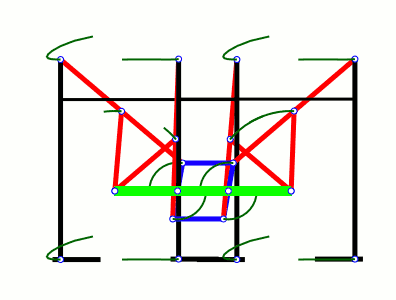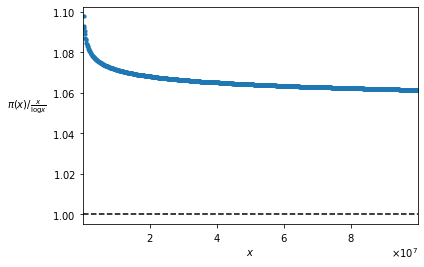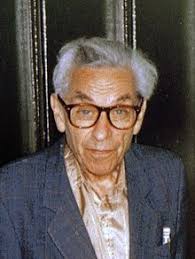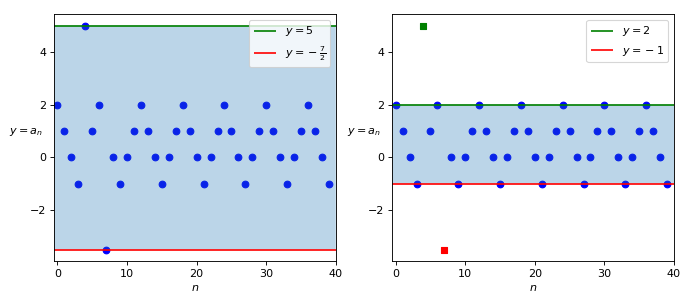Goldbach’s conjecture belongs to the field of Number theory, the branch of Mathematics which studies the properties of integer numbers. In order to understand the proofs of the results similar to the conjecture, and very likely also to prove the conjecture itself, a sound knowledge of number theory is required. But this kind of knowledge rarely is part of a mathematician’s curriculum. Indeed number theory is considered a very specialistic subject which can be taken under consideration, as an example, for some university exams selected by the student, or a doctorate, for the most enthusiastic people. But it’s not necessary going this far for undertaking a serious study of number theory. In fact, many notions require just a good knowledge of school level maths and of real analysis in one variable, so they are absolutely within the reach of a first year student of a scientifical degree course.
We started from these considerations for conceiving this site section, with the aim of allowing to as many people as possible the approach to number theory. We divided the material into different thematic paths, each with an own goal, which in most cases consists in the proof of a specifical theorem. Each path is made up of several posts, which are presented in the suggested reading order, so that each post is presented before other posts referring to it.
The source we started from is the text An introduction to the theory of numbers by G. H. Hardy and E. M. Write, one of the classical texts about the subject. The material we’ll cover in our posts is a heavy rework of some parts of this text: we introduced some examples, some lemmas and definitions, we highlighted the key ideas and techniques, and we added many details which are not explicit in the original text.
As an internal reference to this section of the site, we created a list of the statements and a list of the definitions and of the adopted symbols.
Map of paths for number theory
| Path | Number of posts |
|---|---|
| Foundations of number theory
|
21 |
| Bertrand’s Postulate
|
4 |
| Chebyshev’s Theorem (weak version)
|
7 |
| Chebyshev’s Theorem (strong version)
|
15 |
| The Prime Number Theorem: the “elementary” proof
The goal of this path is to prove one of the most important theorems about prime numbers, the so called Prime Number Theorem, which can be expressed by the following formula: \pi(x) \sim \frac{x}{\log x}
where \pi(x) indicates the number of prime numbers less than or equal to x. The symbol \sim represents an asymptotic equivalence, the meaning of which is explained in one of our posts. However, to make things simple, we can read the formula saying that there are about \frac{x}{\log x} prime numbers less than or equal to x, and this estimate becomes more and more accurate as x increases. |
28 |
| Chen’s Theorem
The goal of this path is to prove one of the theorems most similar to Goldbach’s conjecture, Chen’s Theorem, the statement of which can be expressed as follows: Every sufficiently large even number is the sum of either two primes, or a prime and a semiprime (that is, a product of two primes). This Theorem was proved for the first time by the Chinese mathematician Chen Jingrun in 1966 (subsequently the proof was refined both by himself and by other mathematicians). The proof is based on a mathematical theory called sieve theory, developed a few years earlier but with very ancient origins, which can be traced back to the mathematician of ancient Greece Eratosthenes of Cyrene, inventor of the homonymous sieve, the first ever. Clearly, since then sieve theory has evolved a lot, but it has always remained an “elementary” theory, i.e. one not based on complex analysis. |
6 (incomplete) |
| Complementary Material
|
3 |






